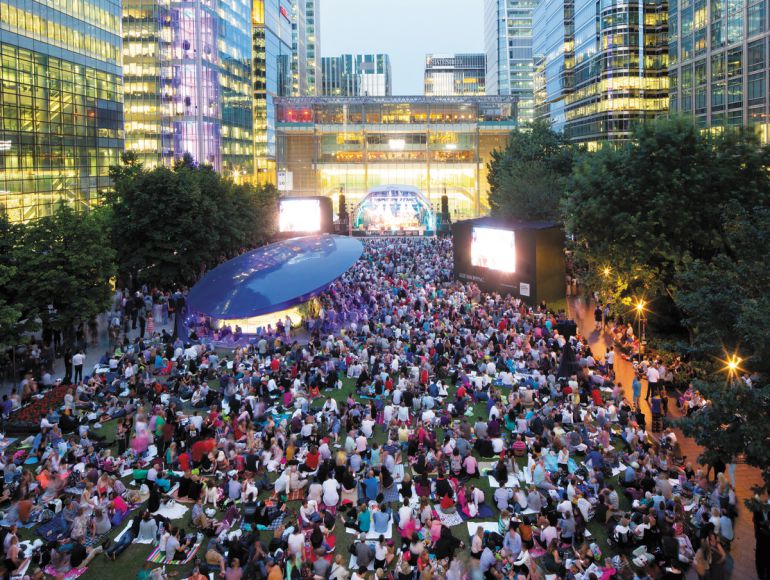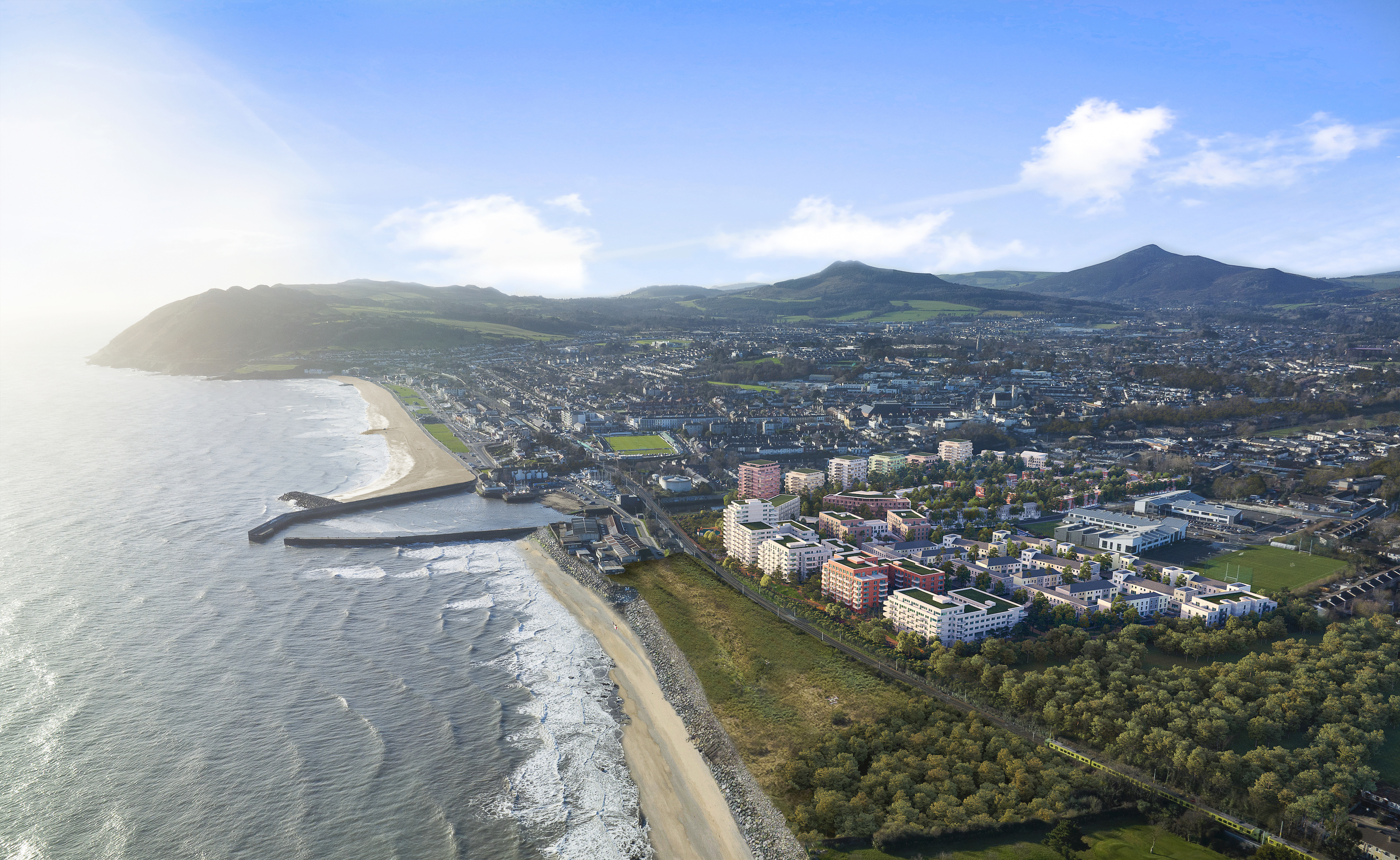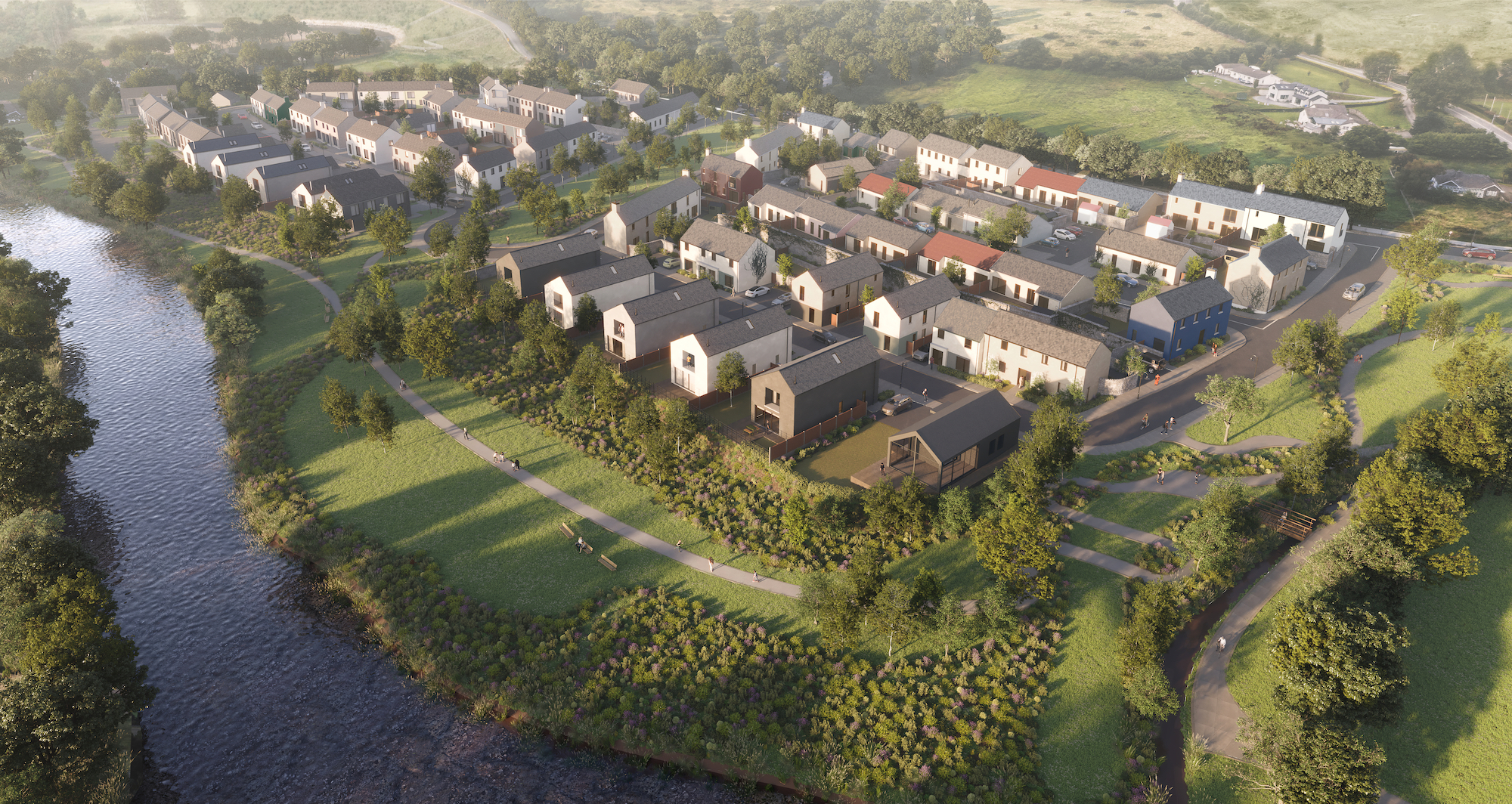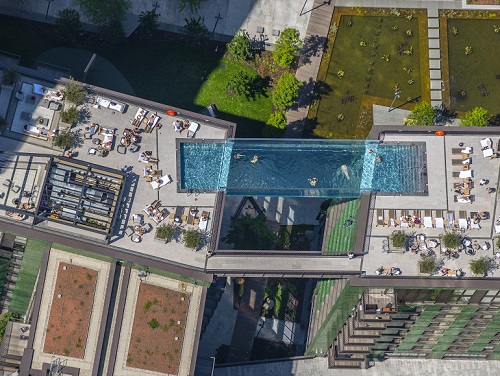Canary Wharf
Almost a quarter of a century after the first offices were built in the once derelict former Docklands, Canary Wharf is becoming a thriving new residential area of east London with lots to see and do. What’s all the fuss about? If you’re around this weekend, Canary Wharf is hosting a new weekend event in the London music calendar featuring major artists and new talent from Nashville, the home of country music. Expect plaid shirts, big hair and rhinestone suits. I’m confused. I thought Canary Wharf was our Manhattan- all bankers and sushi bars. It’s changing. While banking and commerce remain at its heart, 30 years on from the day Mrs. Thatcher donned a hardhat for that famous London Docklands Development Corporation photo-shoot, Canary Wharf is now seeing a renaissance of community, arts and culture as the area matures. So what is there to do? I recommend starting at the excellently curated Museum of London Docklands, (whose corporate sponsors include Ballymore). It offers a fascinating history of the London docks in old warehouse buildings in West India Quay, when the docks were built to house cargoes from the Canary Islands, thus giving the area its name. It’s the only building to have survived the furious fire in 1901 and the Blitz of September 1940. So nothing else survived? Not a lot, to be honest. Gradually upriver containerisation at Tilbury meant that London Docklands couldn’t keep up with its competitors and by the early 1970s most of the docks had closed - West India Dock closed in 1980 the same year that the London Docklands Development Corporation (LDDC) was created, headed up by Michael Heseltine. Two years later, the Isle of Dogs was designated an Enterprise Zone, offering tax breaks to both investors and developers. The then Prime Minister Margaret Thatcher was famously pictured there that year in a hardhat on a bulldozer parked on barren industrial wasteland. So most of what you see today was built post 1980s? Yes, but for architecture buffs it’s a way of charting the last 30 years or so of architecture including Foster & Partners Canary Wharf station to Crossrail Place, - Canary Wharf’s newest leisure development – also designed by Foster and Partners which recently won the ‘Transport and Infrastructure’ Award at the New London Awards 2016. And of course there’s the famous tower, One Canada Square designed by American architect Cesar Pelli that until the Shard was completed in 2012, was the tallest building in London. So people didn’t live in Canary Wharf when it was first developed? That’s right. It was built as a business district but then developers including Ballymore spotted its potential as a great place to live. Among the new kids on the block is Ballymore’s Wardian London on Marsh Wall, with 764 new homes across two glass towers of 50 and 55 floors. As well as ground level retail including café, the amenities boast a Sky Garden with a gym, an open-air swimming pool, cinema and a resident lounge. It will join Baltimore Wharf for which Ballymore developed the first phase, Pan Peninsula and New Providence Wharf that includes both Providence Tower and Ontario Tower. What’s it like as a place to live? The trend of people living in Canary Wharf having to leave at weekends for a “real area” to enjoy retail, culture and community is fast being reversed. The figures tell the story: apart from the 111,000 people who work there, 800,000 people a week now use Canary Wharf’s 300 shops, bars and eateries, its five retail malls, gyms and concert venues. But isn’t all aimed at the super-rich. What about ordinary people? This summer alone, five free concerts have been staged in Canada Square Park, with performances by the London Philharmonic Orchestra, The Overtones, Opera Al Fresco, Big Easy Blues and the Great American Songbook. There are outdoor theatre performances of Macbeth, The Scarlet Pimpernel and Wuthering Heights, not to mention regular Pop-up Vintage Fairs in Cabot Square. And don’t forget to visit Ballymore’s giant, glass Wardian case full of rare and exotic plants and then book a free trip up the on the Wardian boat moored close by. What about the future? The success story seems set to run. Deutsche Bank is due to arrive soon with 4,000 staff, and when the Elizabeth Line (Crossrail in old speak) opens in 2018, Canary Wharf to Bond Street will take 13 minutes. But at this rate, it looks like it’s going to be predominantly eastbound traffic. And finally? If you like art, Canary Wharf now has one of the country’s largest collections of Public Art with works by Bob Allen, Ron Arad, Jay Battle, Alexander Beleschenko, Jeff Bell and Emma Biggs to name a few.




